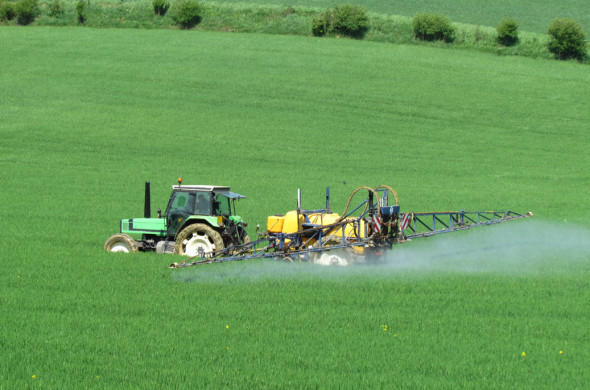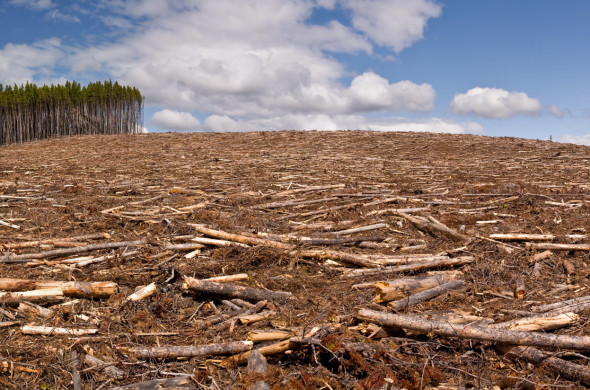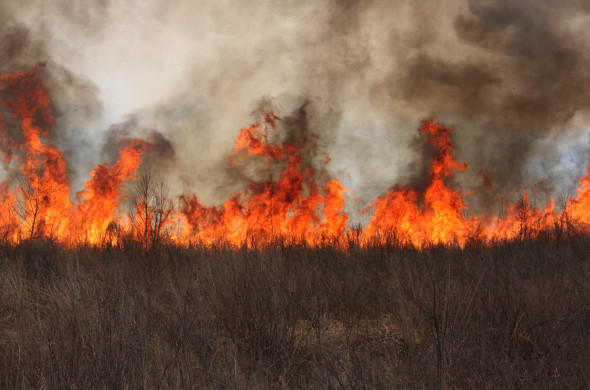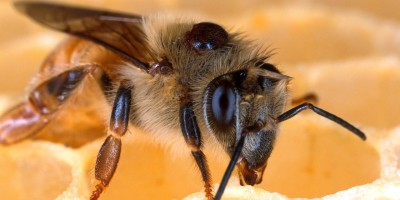WE ARE BEE FRIENDS |
CLICK HERE TO JOIN
Is also a friend of bees!
Sign up and stay on top of the most relevant information about the world of bees and of all the initiatives of the campaign.

The decline of pollinators is, most likely, one of the issues that most intrigue the scientific community in the world, for there is no single reason. It is certain, However, that have multiple causes, proven, great interdependence between them.
Pesticides, deforestation, burned, diseases, Mites, climate changes, malnutrition are among the many causes of the disappearance or death of bees. See below the main natural factors and caused by man.
INDISCRIMINATE PESTICIDES APPLICATION
Pesticides are highly toxic to bees and other pollinators the. In Brazil its use is growing, and gives the country the title of world champion pesticide consumption, in statistics that grow every year.
Two categories of pesticides have highlighted the events involving the disappearance or death of bees: the new class of systemic pesticides next generation, the neonicotinoids (also known as neonics), e o PESTICIDE Fipronil.
The neonicotinoid pesticides are now the most consumed in Brazil and around the world, can be applied directly to the adult plant or, Furthermore, while seed. This defense is absorbed by plants through their leaves and roots, It is distributed by the vascular system throughout the plant, reaching, inclusive, pollen and nectar of its flowers. Bees, to visit the flowers, They are contaminated with this pesticide.
It demonstrated the action of these pesticides on bees sublethal rates: they act causing problems in the navigation memory, causing forager bees desorientem and lose their ability to return to hives, dying away from them. Hence the term “Disappearance of bees”.
The mortality of pollinators also occurs by direct contamination in apiaries and wild swarms. In this case, death occurs by direct contact with the pesticide Bee. This can occur when the aerial application of pesticides (application errors or wind can cause the drift effect, taking the product to unwanted areas, as woods and forests) is, particularly, the application of Fipronil, a very aggressive pesticide, causing devastating effects in hives.


DEFORESTATION AND BURNED:
Deforestation is one of the biggest ecological problems in Brazil. In addition to the predatory logging and illegal logging, the search for new areas for the expansion of agricultural and livestock activities are the main causes of deforestation, mainly in the Amazon region, comprising especially the states of Mato Grosso, Pará and Rondônia. According to Greenpeace, only in January 2015, 129,36 km² were deforested in the region.
In addition to the environmental damage that deforestation and fires cause, with strong impact on the climate and biomes, harm to pollinators is also huge, at various levels:
– To slashing and burning trees, nests and swarms of bees are completely destroyed;
– Deforestation causes a reduction in the supply of food to bees, and also the reduction of nesting areas (places to bees make their nests);
– Stratification of forests, so, small preserved areas separated by large areas devastated, makes it reduced gene flow between the bees of the same species (some native species have little flight range and can not move from one forest to another), decreasing variability of the species.


NOSEMA:
Nosema is a bee parasite Apis mellifera, classed as a fungus. The disease is acquired by ingesting spores in the hive and transmitted by fecal material, impairs the digestion of pollen, thereby shortening the life of the bee.

VARROA:
The Varroa is a genus of mites ectoparasites, that infests and feeds the body fluids of pupae, larvae and adult individuals of gender-honey bees Apis, leading them to death. Varroa infestation is demonstrably harmful to the swarms and, that is why, considered one of the possible causes of his disappearance syndrome.
In Brazil, However, honey bees are Africanized, a hybrid species of the genus Apis, behavior that has a lot of resistance to Varroa. Like this, we can say that this is an issue of little significance in our country, unlike Europe and the US.
VIRUS:
Besides the damage to their predatory infestation, Varroa impairs the bees to cause infection with fatal virus transmission. The best-known scientists are DWV iflavirus and IAPV. The DWV or wing warping virus, It was first discovered in a Apis mellifera, in Russia. It affects the morphology of the wing of the bees causing them to death. The study from its default, It was proven contamination by honey and an evolutionary kinship to other viruses transmitted by Varroa. Already IAPV is a virus that acts on the nervous system Bee, causing his paralysis. It is greatly feared to be highly adaptable and able to quickly infect a hive, and even impregnate the royal jelly.